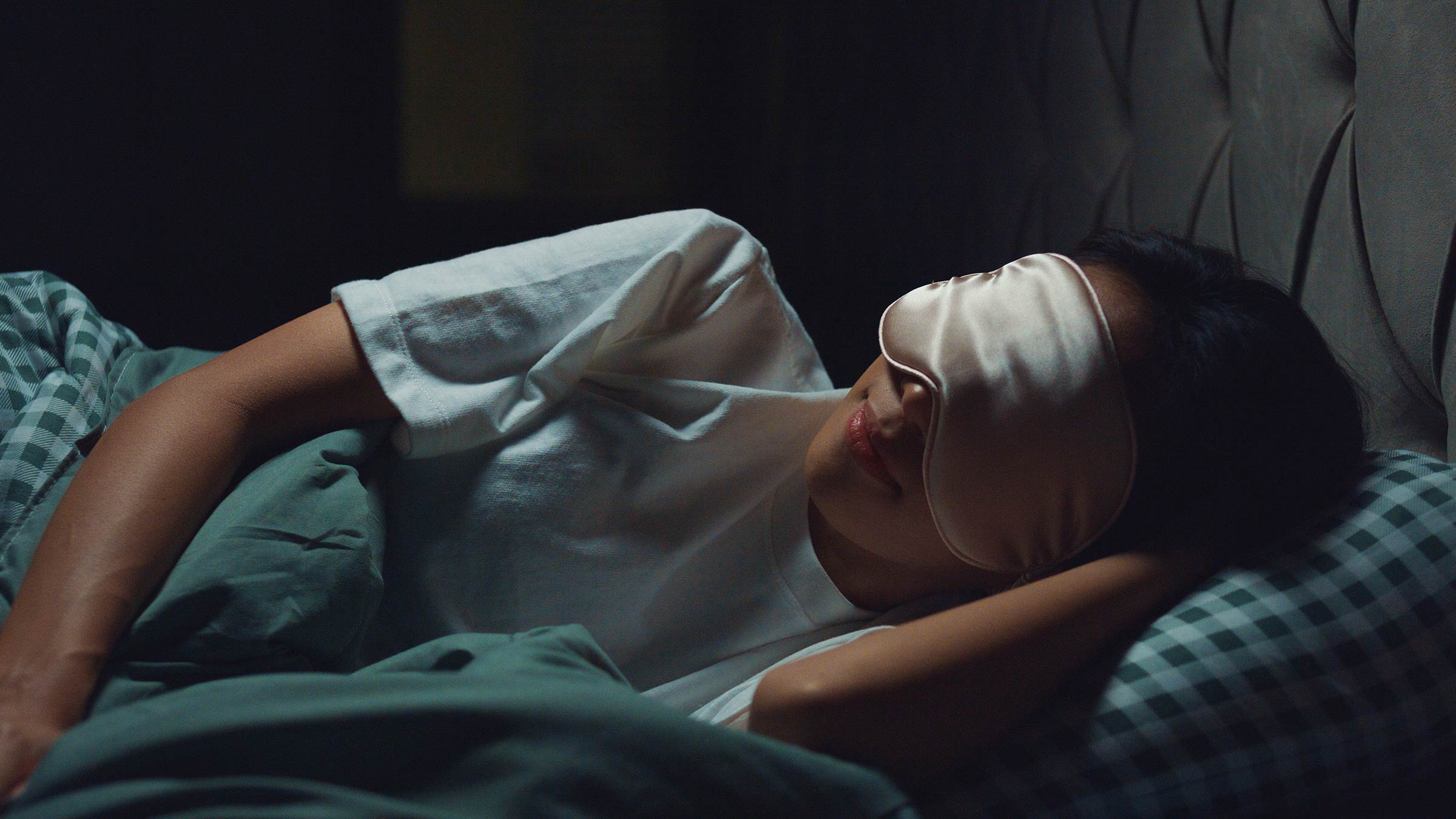
Birth by cesarean section (C-section) is a major surgery that comes with the same risks and recovery of any surgery. That often includes a prescription for opioids for pain management after surgery. But for many expectant parents, that prescription comes with concerns about side effects of opioids and the potential risk of opioid addiction.
Alternative to opioids after C-section
According to the Centers for Disease Control and Prevention, more than 1 million babies are delivered by C-section each year, which heightens the need to find practical alternatives to limit the use of opioids after surgery.
A recent study by The Ohio State University Wexner Medical Center looked into a drug-free and non-invasive alternative to managing patients’ pain after C-section. The research team studied the use of a device that emits electrical pulses when held near the C-section incision site, and they found that patients who received the treatment used 47% less opioids to control their pain compared to those who did not receive the treatment.
Better controlling pain after C-section
“For many patients, especially as the effects of their epidural are wearing off, they have a lot of pain on the outside or right near the incision in the first one to two days,” said the study’s lead researcher, Jennifer Grasch, MD, a fellow in Maternal Fetal Medicine at the Ohio State Wexner Medical Center. “Our hope was that this device would help address that pain. By better controlling a patient’s pain during those first two days, it would lead to lower inflammation and less pain long-term as they’re recovering and taking care of a new baby.”
How the device works to control pain after C-section
The high-frequency neurostimulation device, called TrueRelief, has two stainless steel probes that are held near the C-section incision site. The patient feels a vibration during the treatment process, which lasts 12 minutes. The probes are moved above the incision every two minutes and stimulate the nerves.
The randomized clinical trial included a control group and an experimental group. Half of the patients received treatment with the neurostimulation device, and the other half received treatment with an identical but fake device. Investigators did not change how many opioid pills the patients’ doctors prescribed or how many were available to the patients.
“Our study suggests that adding transcutaneous treatment with a high-frequency (20,000 Hz) electrical stimulation device decreases opioid use after C-section delivery without compromising pain control,” Dr. Grasch said.
Promising hope for the future of C-section pain management
Clinicians at Ohio State are hopeful that there may be a future state where the device could be used in the clinical setting but more research is needed.
“Future studies focused on integrating the device into routine pain management care and in other settings and surgical procedures are needed to confirm the feasibility of using the device in clinical practice,” said principal investigator Kara Rood, MD, a maternal fetal medicine physician at the Ohio State Wexner Medical Center and associate professor in Obstetrics and Gynecology at The Ohio State University College of Medicine.

Join the family of Buckeye Babies
Learn about obstetrics and gynecology services from central Ohio's most experienced team.
Get started




